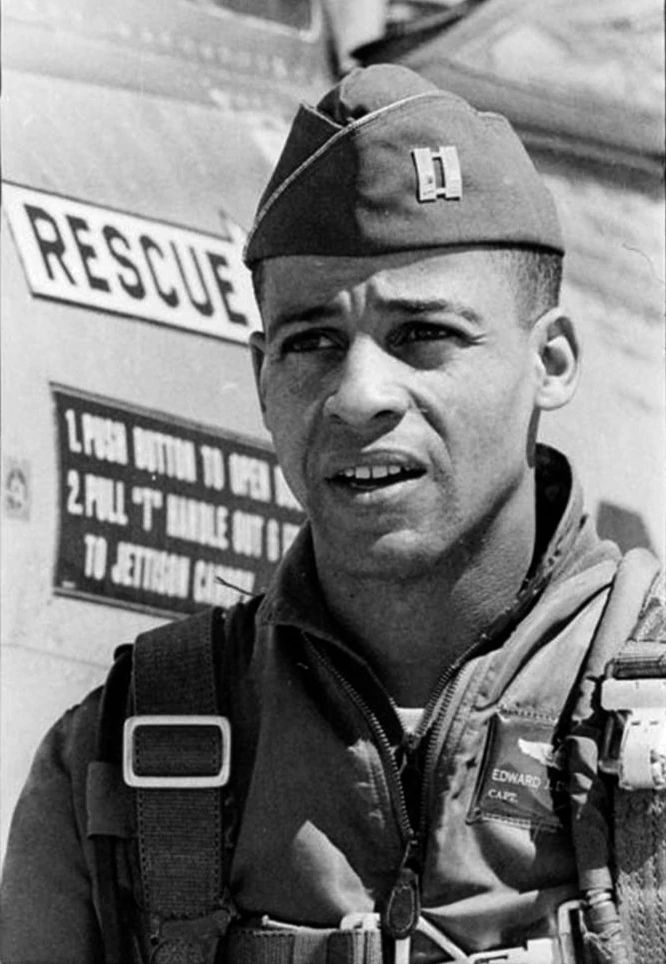AARP Hearing Center


Back in 1961, I’d been an Air Force test pilot when I received a letter from President Kennedy, encouraging me to apply to the NASA training program. I was accepted and finished seventh out of 17 in my class. While there, I experienced a lot of racism, discouragement and even veiled threats from some of the NASA training leadership, especially after the president’s assassination in 1963. Everything changed with his loss.
Still, the Black community put a lot of its hopes in me. I was on magazine covers — Jet, Sepia — and received thousands of fan letters a week. But I wasn’t selected to be an astronaut. In 1966, I resigned from the military and went to work for IBM, then became a sculptor, specializing in figures from African American history. The first Black astronauts weren’t named until 1978.
I was involved with those astronauts from the very beginning. They would call me to talk, and they’d bring me flags that had been to space. Some of them visited my art studio in Denver, and they’ve even taken a few of my sculptures into space.
After it became possible to go into space as a “tourist” a few years ago, a group of Black astronauts started talking about trying to make it happen for me. Once I heard their proposition, I said, “Yeah, let’s do it.”
It took awhile to arrange, but sponsorships to fund my spot were lined up from Blue Origin, the space flight company owned by Jeff Bezos; the nonprofit Space for Humanity; and the Jaison and Jamie Robinson Family Foundation. In May, I joined a ride on Blue Origin’s New Shepard rocket. At 90, I was the oldest person to go to space, a couple of months older than William Shatner when he flew.


I had logged more than 9,000 hours of flying time, including as a test pilot and a zero-G pilot, so I had some experience. I’d even been up to 80,000 feet, where I could begin to see the blue shell of the atmosphere. But there are some things you can just never prepare for. The noise of the rocket on liftoff was unbearably loud — they gave me and the other five crew members earplugs to dampen it. And I had assumed that as we left the atmosphere, there would be a gradual separation from light to the darkness of space. But there isn’t. It’s a sharp border. It seemed like a dark curtain had fallen over the large windows we were sitting next to.
And then suddenly we were floating in zero gravity. Out the window, I could see the Earth. Everything looked ordered and neat and wonderful and beautiful. There was no separation between countries or states. And you ask yourself: As wonderful as it all is, why can’t the people who live on it get along? Why don’t they want to take care of such a beautiful place?
It’s almost spiritual to see how precious our planet is. I’m glad I finally got to see it from that perspective.
Ed Dwight, 91, works as an artist in Denver, where his studio produces bronze sculptures of historical figures.

































































You Might Also Like
Alan Cumming: ‘We Overly Worship the Altar of Youth’
'The Traitors’ host talks about why he’ll never stop being eclectic and hosting AARP’s Movies for Grownups Awards
At 99, Rey Baumel Shares His Good Life Secrets
Latin music, humor and family go a long way for this multitalented entertainer
Dolly Parton Tells the Story of 'Smoky Mountain DNA,' Her Album Featuring Her Extended Family
'Smoky Mountain DNA' features Parton singing with her family members (living and dead)